We expect to grow our reach from 62% to 70% soon: Abraham Thomas
Radio City, a part of Music Broadcast Limited (MBL), has been winning plaudits for its content and network initiatives shoring up a tally of 64 awards at the various national and international awards this year – 20 awards at the India Radio Forum and Excellence in Radio Awards (IRF), 19 awards at Golden Mikes, 12 awards at ACEF, 8 wins at New York Festivals International Radio Program Awards, 1 each at Goa Fest, Shield Awards, India Content Leadership Awards and 2 at Kyoorius Creative Awards.
These include awards across Breakfast and Non-Breakfast programmes in the Hindi, Telugu and Tamil categories for innovative campaigns such as ‘Suno Na Dilli’ by RJ Ginnie, ‘Radio City Flashback and ‘Love Guru’ among others.
Music Broadcast Limited currently has 39 stations, including 11 newly acquired stations in Phase 3 auctions. Radio City in its third phase expands to Kanpur Ajmer, Kota, Bikaner, Udaipur, Patiala, Patna, Jamshedpur, Nasik, Kolhapur and Madurai.
The station commenced its prime property – ‘Gig City’, which is in its 3 Season, from June 15, 2018. Gig City is India’s biggest live multicity simulcast concert on radio, reaching out to 6.7 crore Indians. Season 3 will see performances by Sachin - Jigar, Sukhwinder Singh, Neeti Mohan, Armaan Malik, and Monali Thakur, among others.
Commenting on the launch of the latest season of this innovative property, Abraham Thomas, CEO, Radio City, said, “Radio City’s Gig City has constantly grown in stature due to its innovative proposition of ‘Aap Jahan concert wahan’ and has seen massive success amongst the fraternity and music lovers nationally. The uniqueness of the concept and the stupendous response amongst advertisers has helped us extend the property on ground in multiple cities since the last two years. With the launch of Gig City Season 3, we are all set to give our listeners a bouquet of innovative and engaging content on air, online and on ground.”
The concerts are airing every Friday from 7.00 pm to 9:00 PM, with repeat broadcast on Saturdays from 9.00 pm to 11.00 pm across 25 Hindi speaking markets.
Earlier this month, Radio City along with the Football Federation of India took up the onus of evoking a sense of patriotism amongst all football fans in the country ahead of their crucial third round draw against the Kiwis in Mumbai. Reverberating Sunil Chhetri’s heartfelt message, Radio City Delhi initiated #StudioNahiStadiumSeLIVE to ensure maximum support and turnout for India’s National Football Squad.
Radio City also collaborated with the United Nations Environment Programme to ‘Beat Plastic Pollution’ in India, kickstarting activities with a clean-up drive in Versova beach in Mumbai.
Considered an evangelist in the radio space, Abraham Thomas firmly believes that radio has the power to influence mindsets and bring about a positive change in the society. He has been leading the station to stronger growth across markets in India. As per 4-week RAM Ratings released in May 2018, innovation driven approach and creative content soared Radio City’s share to 12.4 per cent (Source: RAM, Delhi, 12+ All).
In conversation with Adgully, Abraham Thomas, CEO, Radio City, sheds more light on developing prime properties like Gig City, Radio City’s growth and expansion plans, the current state of the radio industry in India and much more. Excerpts:
Radio City’s prime property, ‘Gig City’, is in its 3rd Season now. What kind of response has it received in its earlier two seasons?
It’s been getting bigger every year. Three years ago when we did the first season, the thought behind it was to break the format and give people the experience of a live concert – a completely different feel as compared to studio produced music. Further, radio is a theatre of the mind and a thing of being on the go and can be heard whenever and wherever one wants to.
The concept then was ‘Aap Jahan Concert Wahan’. In the first season, we had some of the biggest names – Shankar Ehsaan Loy, Farhan Akthar, Shaan, Ayushmann Khurrana, Sunidhi Chauhan and Salim Sulaiman. The advertisers’ interest has been high since Season 1 because of the new format and the almost 2 hours of music with very few ad breaks. Instead of ad breaks every 15 minutes, we have clubbed the breaks together, so it sounds nice to the listener.
After Season 1, there have been a lot of artists who were keen to be a part of it and approached us. The idea behind the concept was to give the feel of the concert wherever you are. For Season 3, we have Sachin-Jigar, Armaan Malik, Neeti Mohan, Sukwindar Singh and Monali Thakur.
How has the concert on radio concept worked out?
The audiences have loved it because of the sheer feel, so there is a lot of behind-the-scene interaction happening. There is growing interest in surround content, which is not only the music but also in terms of what the artist is thinking and feeling, etc. The audience interaction also plays a major role and they really enjoy this kind of space.
Advertisers these days are increasingly using music as a genre to target their communities. We have a great extension of that idea this time with the CSR activity we are doing as a company. We create this concert experience for a blind school that we associate with. We have done similar activations in public places, agencies and have conducted some impromptu concerts. Moreover, there is a lot of trivia and titbits about the concerts on the digital medium. We have also extended this into an on-ground gig as sponsors have asked for an on-ground version. Last year, we did four concerts with Salim Sulaiman and this year we have been doing concerts with Lucky Ali and Javed Ali. Some events are ticketed and some are sponsor driven or are competition based. So, the on-ground leg of Gig City is also an extension.
How do you view Radio as an advertising platform in today’s media landscape? How do advertisers see this medium?
Two interesting things have happened. One is local advertising, which is evolving; 10-15 years ago, 75-80 per cent of the advertisements were national, while local constituted 20 per cent. Today, the scenario is 50-50 or 40-60, depending on city to city. Local is no longer just retail ads, there is education, real estate, wellness, jewellery, etc. Today, all the major categories use radio very extensively as a local medium.
If I go back 12-15 years, national advertisers would use the radio medium just to play the audio jingle of their TV campaign. Now, many of them are creating content for radio and more importantly, they are using radio as a local medium. So, basically we get a single brand having 12 different creatives; we operate in 12 states, so the language is different, the creatives are different and they are also using radio as a local medium, although they are a single national brand. Hence, these factors are pushing the growth of radio.
Due to geographical expansion a lot of new markets have come up, thus they are also getting the reach. Earlier, there was more of frequency build-up, but now people are using radio to reach out. There was a recent study that we did, which reinforces each of these points, like how radio adds substantial local reach, especially incremental reach, to a brand’s television or print plan.
Advertisers are also targeting special genres of music. So, a lot of independent music is getting traction from sponsors.
What are the markets that Radio City is looking at for reach and revenue?
Post the Phase 3 auctions, we picked up 11 new stations in the first go, all of which have been launched and are operational. We will be evaluating the next phase as we get more clarity about the markets. Currently, we are a 39-city network. We are more of a Tier 1 and Tier 2 network than Tier 3. We earlier used to cover 62 per cent of the total FM population in the country. We have chosen cities with more FM listenership and more commercial activity. That’s how we have gone about choosing our network. Moreover, we cover premium markets and premium audiences, that’s the strategy we have gone with and bid and won.
What has been the listeners’ response to the new content?
One of the biggest strengths of radio is that it seamlessly integrates with digital and social media, and it also integrates effortlessly on ground. For us, to get a live update from on-ground event has become easy. Therefore, there is a lot of feedback coming in from social media and digital platforms, which is helping in programming content decisions, marketing decisions and also going to advertisers. Otherwise, other than the periodic research that comes in, which is predominately RAM, we do a lot of our own research that throw up a lot of valuable insights like what is working and not working. That’s how we know that Gig City is working because there is data which is supporting this initiative. Moreover, social media helps a lot in getting feedback.
In radio medium, what works better – Hindi or regional languages?
Firstly, as a brand philosophy we are about being as local as possible. We are not a national brand. If you look at our philosophy – it’s ‘Rag Rag Mein Daude City 2.0’. It’s a complete local medium and if you are proud of your city, then we are the destination. Therefore, we are extremely local – be it in the music or the language.
How far is your reach in the Tier 2 market?
We are present in 12 states across 39 markets. In Maharashtra, we have explored it in a deeper level and are present in 11 markets. In Uttar Pradesh, we are present in 5 markets; in Rajasthan, 5 markets; besides covering all the top metros. At the national level, we are there in the top 15 markets, while state wise our reach is quite good as we have tapped the key markets.
As per RAM data, we are present in three of the four leading radio markets, and in all these three markets we are No. 1 or a close No. 2. If you look at AZ Research, we reach about 6.7 crore listeners in our 39 markets, which is clearly the No. 1 in our 31 markets, because the others have different sets of markets. So, whichever radio dedicated research exists, we are in the top 2 in each of them.
Could you tell us about the latest programmatic offering for advertisers from Radiocity.in?
It’s a way forward, because there is a lot of client interest in native advertising and programmatic analytics base. Google is another interesting example where research shows that a large percentage of listeners have said that when they hear an ad, they check online about it. So, we wanted to get both the thoughts together and we offer advertisers option to buy Google adverts along with radio, which means that their ad will play out on radio and when people search it online, their ad will pop up first. The large agencies are aware about this, but in the Tier 2 markets this has a lot of potential where we are making this very accessible.
Is it more beneficial for local advertising or hyper local advertising?
It is very beneficial for local advertising and can be followed by hyper local, but not so much at the national level, because national brands use online anyways; it is these small markets that are in need. So this is where our Google advert tie-up works best.
We have one revenue stream for digital, which are all the big properties that we do that get packaged with radio. So, Gig City has an online presence, advertisers get to ride on radio plus online. Hence, this is one chunk of our revenue stream. The other one is people who buy digital alone.
In addition we have on-demand streaming music. We also have Radio City content that is available online, whether it is podcast and catch-up radio, as well as a lot of video content which feature celebrities. We also have a lot of videos that are based on trending topics as well.
Apart from Gig City, what are the other key music properties that Radio City has developed which are gaining huge traction?
We are coming up with Radio City Super Singer in the next quarter. This property is its 10th year. We got about 6 lakh people who auditioned for the Radio City Super Singer last year. Therefore, the reach is getting bigger and bigger every year; we have great sponsors riding on it and typically auditions happen in malls and other places. This property has a lot of radio and online integration. Very few properties get this kind of traction because it’s happening in 39 cities simultaneously.
Then we have the Radio City Freedom Awards promoting independent music, which we do in the fourth quarter. We have Season 6 coming up this year. It will see 6 to 8 on-ground gigs. Moreover, it has a lot of digital play and voting that happens online. Last year, it went on television on Channel V as the sponsor. This year it goes on Facebook Live, I believe digital has replaced television. Further, for this kind of genre digital works better. So, it will be on air, on ground and on digital platform.
Where do you see radio headed in the next five years?
Due to geographical expansion, radio is growing as new cities are coming up with licenses. Within cities, consumption is going up. Bangalore tops the chart when it comes to time spent on radio. Mumbai and Delhi are doing quite well too. There are certain myths that people listen to radio only when they are driving, whereas car listenership is under 10 per cent. Bulk of the listening happens at home, as well as in institutions, shops, establishments, etc., moreover it is consumed on mobile device as well. Radio is growing because of the mobile penetration.
Radio jockeys are becoming key influencers for the radio brand. In each and every city we have such radio jockeys who are the trusted ones. Hence, radio will continue to grow and the digital will supplement and complement it. Moreover, the medium of consumption has changed from radio sets to mobile phone, making it more interactive. So, it’s now an integrated 360-degree digital, social seamlessly integrated medium. It’s more of audio entertainment.
What are Radio City’s expansion plans in the next 5 years?
Firstly, new licenses are a function of government policies. As and when the government comes up with it, we will participate and evaluate it. We expect to grow our reach from 62 per cent currently to 70 per cent soon. It’s also about spreading our reach to the FM listening population.
How do you look at English language radio stations?
The concept of ‘English Only’ station has not taken off for various reasons, main one being acquisition of music. We do have local talent in terms of Independent music, but advertisers are not keen.
However, English stations in Bangalore, Kolkata and Delhi are seeing traction now.



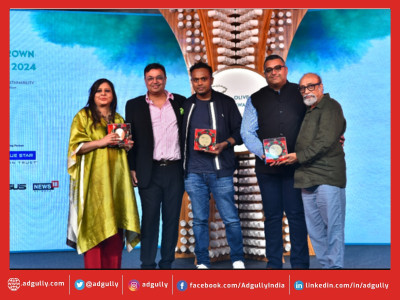
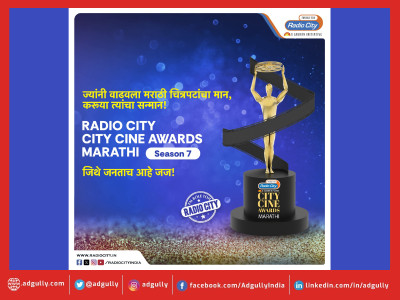
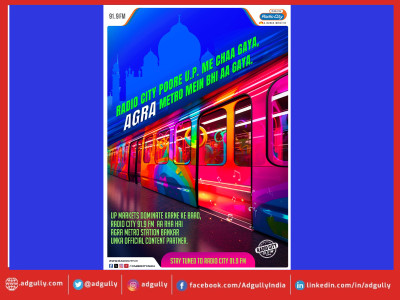
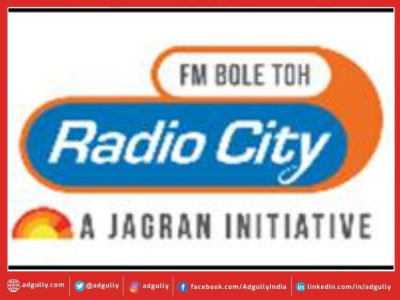
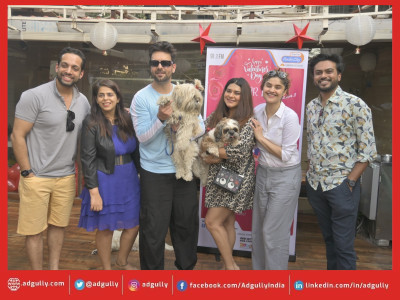
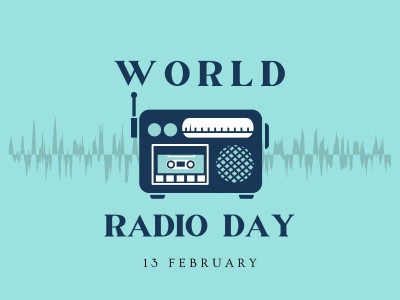


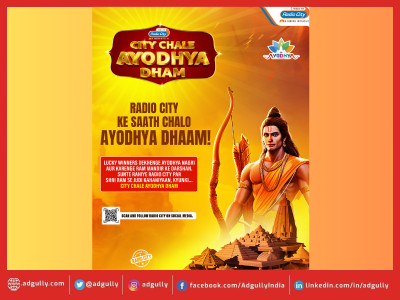
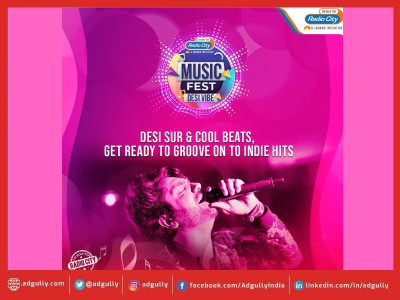
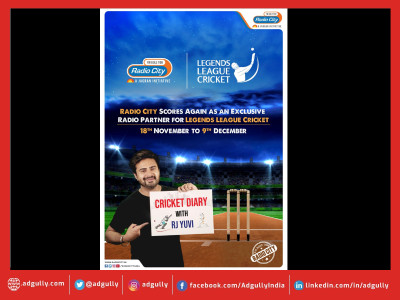
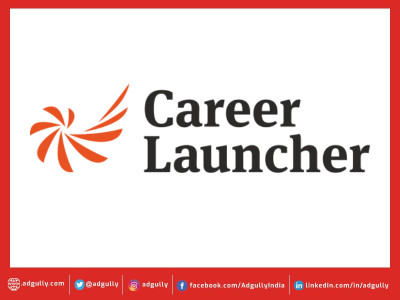

Share
Facebook
YouTube
Tweet
Twitter
LinkedIn